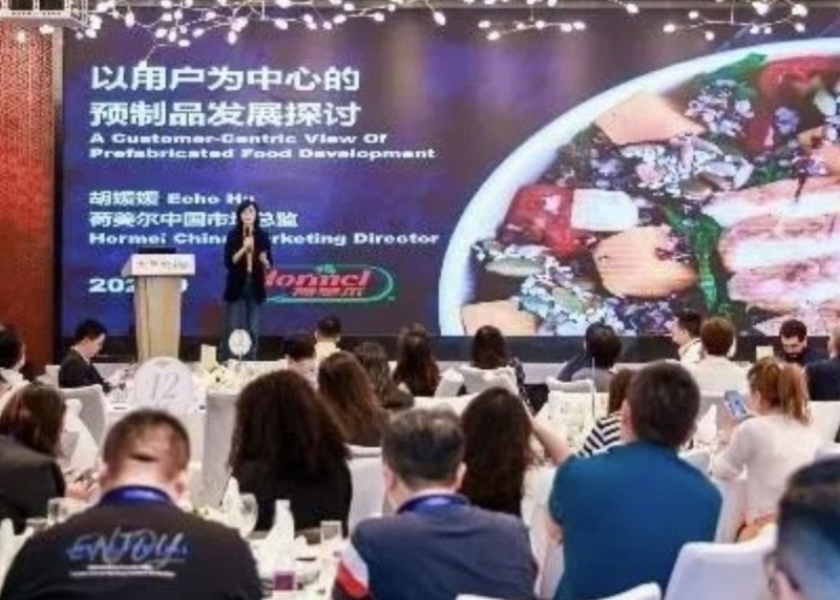Convenience-Centered Chinese Consumers Find Value In Versatility Of U.S. Meat

To showcase the value and versatility of U.S. beef and pork cuts, the U.S. Meat Export Federation (USMEF) recently hosted a trade seminar in Shanghai, China, highlighting U.S. meat options as convenience items. Specifically, home meal replacement and restaurant meal replacement items, these products are gaining popularity, USMEF reports, as Chinese consumers seek convenient, high-quality meats that require little preparation.
USMEF President and CEO Dan Halstrom says the U.S. beef and pork items highlighted fit both retail, brick-and-mortar store businesses, as well as online, e-commerce businesses for delivery in the country.
“Some of the items we showed, for example, was the jerky meat made from outside round on the beef side. On the loin side, we showed some center-of-the-plate pork loin options for meal kits. All of this was designed for satisfying that demand on the convenience side,” Halstrom adds.
USMEF reports the Chinese market, particularly tourism, has not yet rebounded from the pandemic, putting a short-term focus on home meals with longer term prospects for growth coming from restaurant business eventually making a comeback.
Halstrom says, “As compared to pre-COVID, in China the consumer is much more conservative. There's still a concern on the sickness front with COVID.” The tendency to continue to consume a higher percentage of meals at home versus out in restaurants, at least in the short- to medium-term is expected, he adds.
This could change or shift over time, Halstrom notes, but the opportunity presents itself today. Therefore, sharing ideas of these value-added options in meal replacements or kits was a driving force behind the Shanghai event.
The seminar, with more than 250 importers, distributors, processors and other prospective customers in attendance, received extremely positive feedback. The event was made possible through support from the USDA, the Beef Checkoff Program, the National Pork Board and the United Soybean Board.







